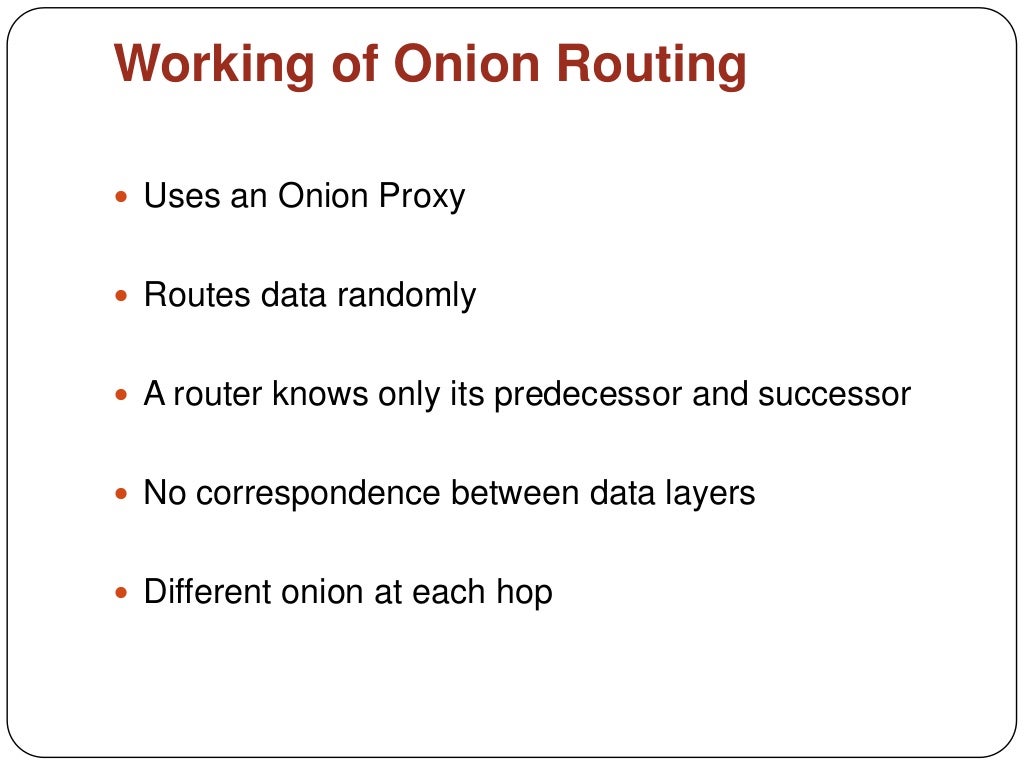

TOR has chosen a pragmatic threat approach to this problem – it does not protect users from traffic matching, instead, it protects the overall traffic of the routing system, so attackers will not be able to simply monitor a user and all exit nodes.

However, achieving online anonymity is a problem, as attackers may watch for patterns in network traffic, with the worst case being able to control almost all of the servers to view traffic passing in, through, and out of the system.

TOR is a collection of onion routers with different functions and roles in a network during network communication, to protect the identity of the user and confidentiality of data, and also against eavesdropping and traffic analysis over the network and Internet. TOR operates with almost 900 dedicated onion routers worldwide, generating and processing 960mb/sec of bidirectional data streams (2014). To this date the onion router (TOR) and the onion routing project are funded by ONR and DARPA whereby it is still under development with probably one of the largest testing labs in the world, the Internet. It is interesting to note that DARPA funded both the project for the Internet, as mentioned in the previous segment, and also the TOR project to maneuver through the Deep Web, as mentioned in an article by Haraty & Zantout : Michael Reed, Pal Syverson and David Goldschlag from the Us Naval Research Laboratory was sponsored by the US Naval Office of Naval Research (ONR) in 1995 to continue on the work of David Chuam’s onion routing idea, and the project was funded by DARPA under the high confidence network program (Haraty & Zantout 2014). TOR is an anonymity network designed to facilitate anonymous Internet communication, and was released to the public in 2004 (Abbott 2010). To do so, they would need to find a way to tap into the Deep Web without being identified. As the Deep Web has a myriad of growing information, there would also be a growing number of users who frequent it.


 0 kommentar(er)
0 kommentar(er)
